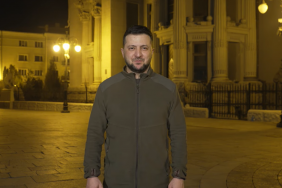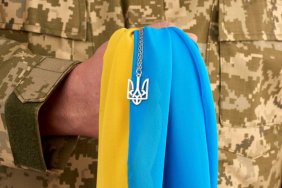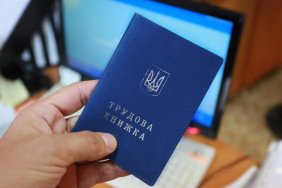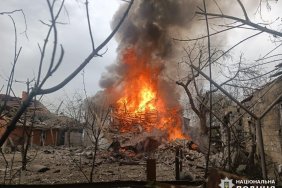The Russian Federation will be able to maintain the intensity of artillery fire using its own and North Korea's ammunition in 2024. However, this intensity will be significantly lower than in 2022. This is stated in a report by the Institute for the Study of War (ISW).
Colonel Ants Kiviselg, head of the Estonian Defense Forces Intelligence Center, said that Russia has about four million artillery shells left. They are enough for Russian troops to wage a "low-intensity" war for another year.
According to Kiviselg, there have been reports that North Korea has sent up to a thousand containers to Russia, each containing 300 to 500 pieces of artillery ammunition. Thus, the expert believes, Pyongyang may have provided Russia with 300,000 to 500,000 units of ammunition, which could last up to one month at the current daily rate of use of about 10,000 shells per day.
ISW analysts note that Western sources and satellite imagery confirm that North Korea's supplies are likely to consist mainly of artillery shells. Shipments have increased sharply since Russian and North Korean authorities began more formal military-technical cooperation in September.
"Based on Western estimates of Russian artillery production capacity and continued North Korean artillery exports, Russia is likely to be able to maintain a generally sufficient intensity of shelling for the foreseeable future," the Institute's experts emphasize.
While an overall decrease in the intensity of fire could limit the ability of Russian troops to conduct large-scale offensive operations, they believe that the Russians are unlikely to face large-scale shortages that would significantly undermine defensive operations, and the decrease in the intensity of fire would not give Ukrainian troops an advantage.
"The extent to which international partners support Ukraine's ability to maintain effective firepower against Russian forces will be a key factor in determining the respective capabilities in 2024," the ISW emphasizes.






